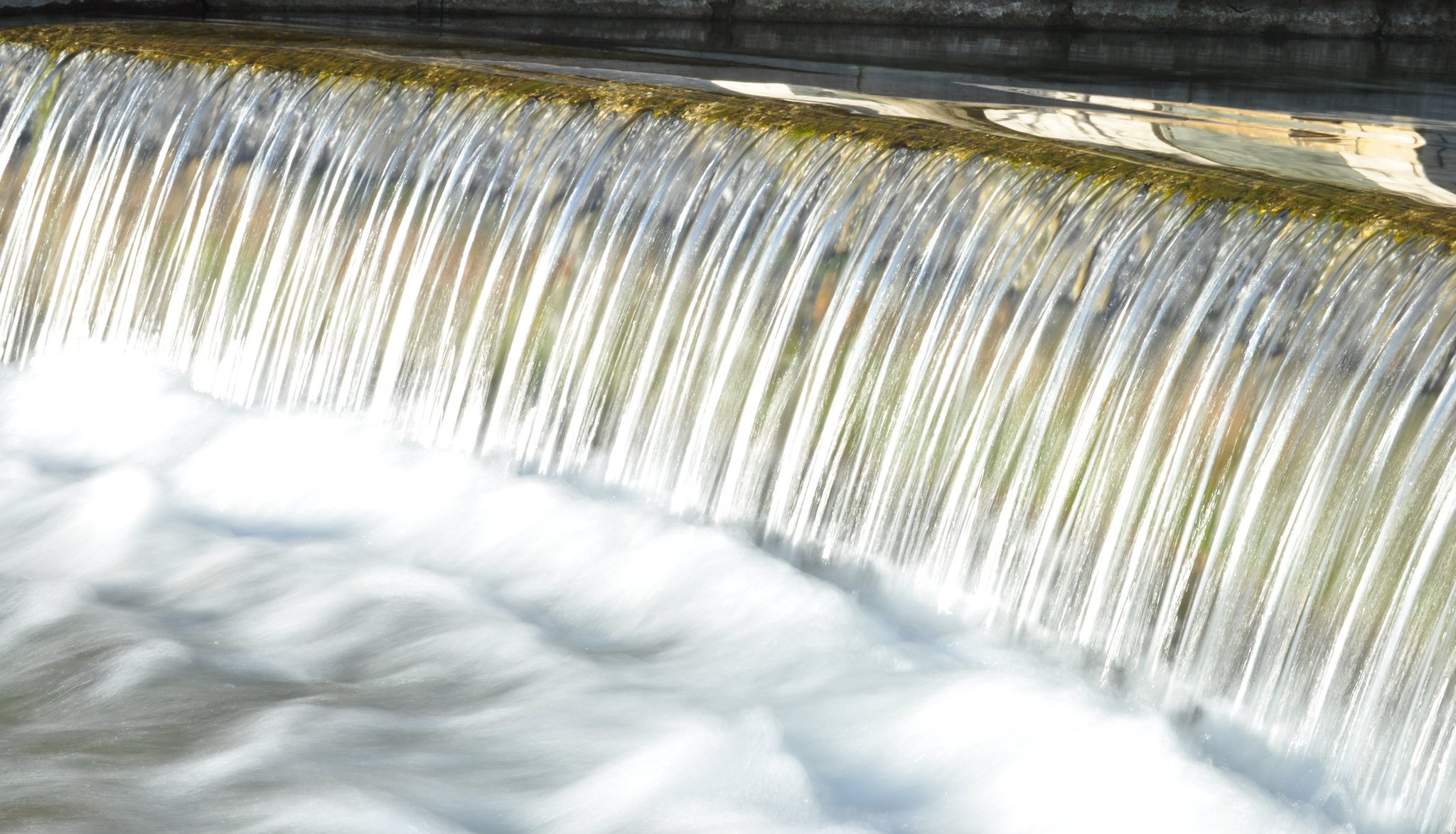My name is Rob, and I wear my sunglasses at night. So I can...
So I can...
Whatever, you know the song.
It should come as no surprise to you that I like night time photography and long exposures. The longer the better.
With a sufficiently long enough exposure you can turn night time into day time.
What happens when you wanna go even longer?
Well, highlights start to get blown out, and you lose detail everywhere. Unless you have a pair of sunglasses.
A neutral density filter acts as a pair of sunglasses for a camera. It blocks a certain amount of light from passing through without affecting color.
This means a number of things, all related to the exposure triangle, which I'll touch on more next week.
For a lot of people, it means you can make amazing pictures of waterfalls during the day, not unlike this
That's not taken with an ND filter, but it gives you an idea. That's only a 1/4 second exposure during the day. With my ND filter, that same shot would have been captured with a 4 second exposure, all other things being equal.
When you apply this to a shot at night time, things tend to go a little bit bonkers.
I just got to play with my ND filter at night for the first time a few weeks ago. I ventured out to Big Spring Park, one of my favorite spots.
When I got there, I noticed that the spring was lit up blue for Autism Awareness Month. Having a bit of a novelty to it, I decided to set up camp there.
After some back of the napkin calculations, I determined that the shutter speed I needed given the aperture and ISO I wanted to use was 160 seconds. That's not a typo, not 1/160 of a second. 2 minutes and 40 seconds.
This is what I ended up with:
Notice that the water almost looks like glass? That's the effect I was after, and could only be accomplished through use of my sunglasses.
If you want to zoom in even more, you can download a larger version of the image here.


